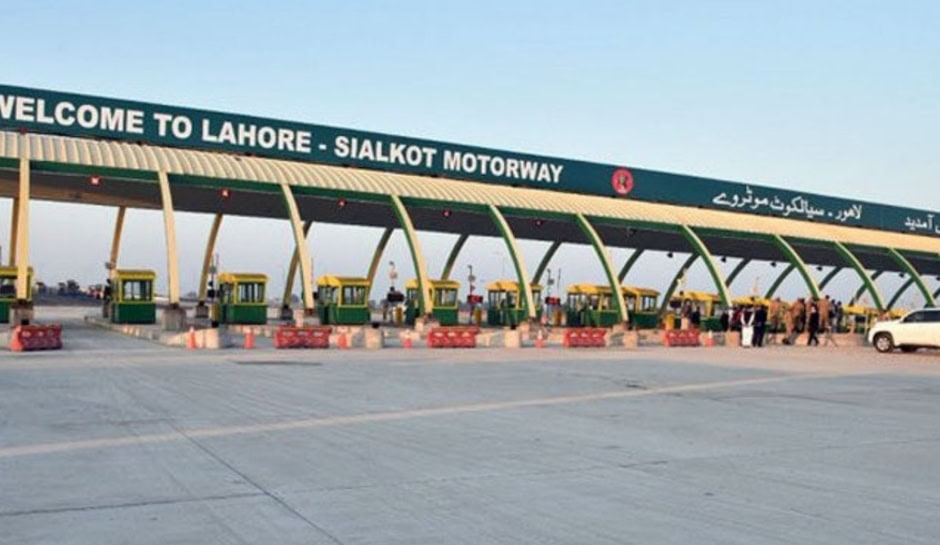Punjab has secured a major infrastructure win with federal approval for the expansion and extension of the Lahore‑Sialkot Motorway. Federal Communications Minister Abdul Aleem Khan endorsed the project, marking it as a landmark stride toward smarter, faster travel across the province.
The approved plan will expand the existing four‑lane motorway to six lanes, addressing escalating traffic volumes and enhancing commuter safety. In a transformative move, the route will extend beyond Sialkot toward Kharian and ultimately Islamabad. This new link is poised to bypass the congested Lahore‑Islamabad M‑2 corridor, carving out a fresh high‑speed artery across the region.
Shorter Journeys, Greater Connectivity
Travelers stand to benefit significantly—this connection will shorten the Lahore‑Islamabad distance by nearly 100 km, shaving close to an hour off current travel times. The upgrade will directly improve connectivity for commuters from Gujranwala, Gujrat, Jhelum, Gujar Khan, and Kharian who currently rely on slower or overcrowded routes.
A Vision for Three Decades Ahead
The National Highway Authority (NHA) Punjab Office hosted a comprehensive review where Minister Khan urged stringent quality control and timely delivery of the motorway expansion. He further directed the drafting of a 30‑year infrastructure plan for Punjab, emphasizing sustainable growth.
Attention was also drawn to accelerating the Multan Road‑to‑Ring Road corridor projects and curbing substandard construction practices. Officials from the Communications Ministry, NHA Chairman, and Ravi Urban Development Authority (RUDA) CEO aligned on provincial priorities and national development strategies.
Beyond Widening Roads
This upgrade is more than a lane extension—it signals a shift toward integrated, long‑term transport planning in Pakistan. Minister Khan noted that the new route will “ease pressure on the M‑2, reduce fuel costs, and boost economic activity” through improved movement of goods and people.
With Punjab undergoing rapid urbanization and industrial growth, boosting connectivity and reducing travel bottlenecks are critical. This motorway extension positions the province for enhanced mobility and future‑ready infrastructure development.
